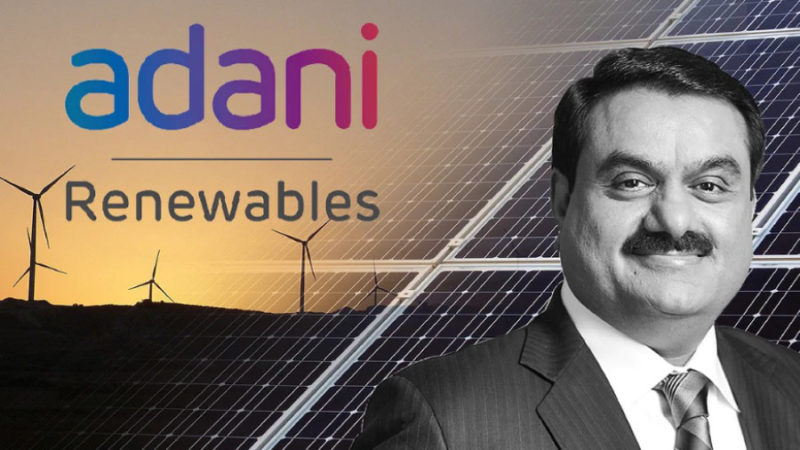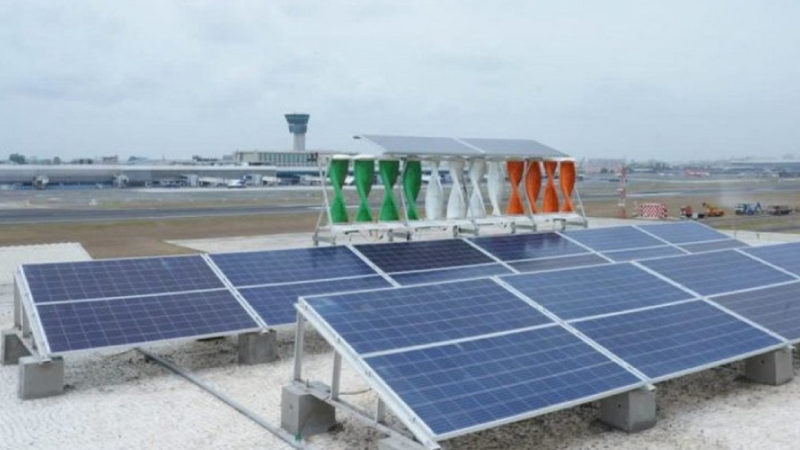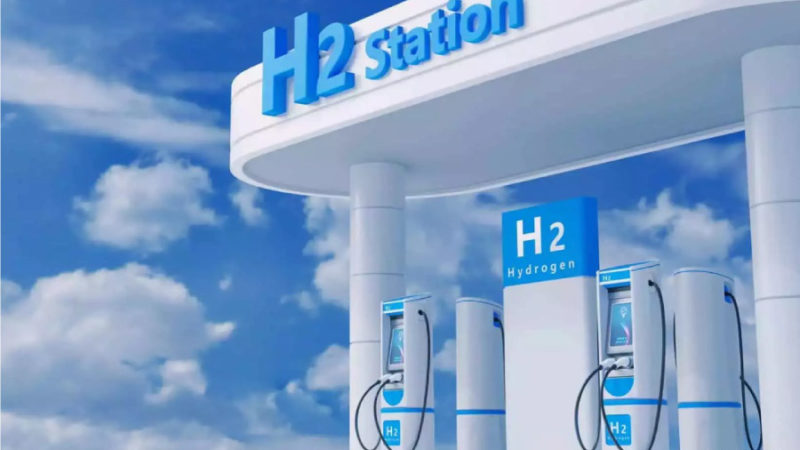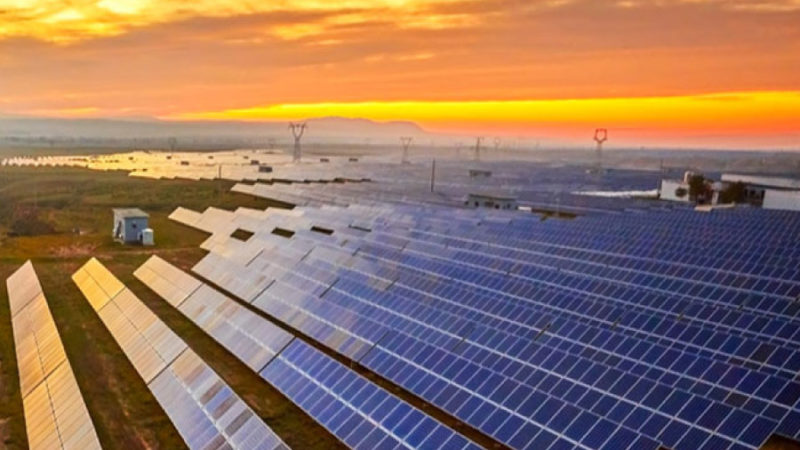Indian scientists design an energy-efficient hydrogen production system
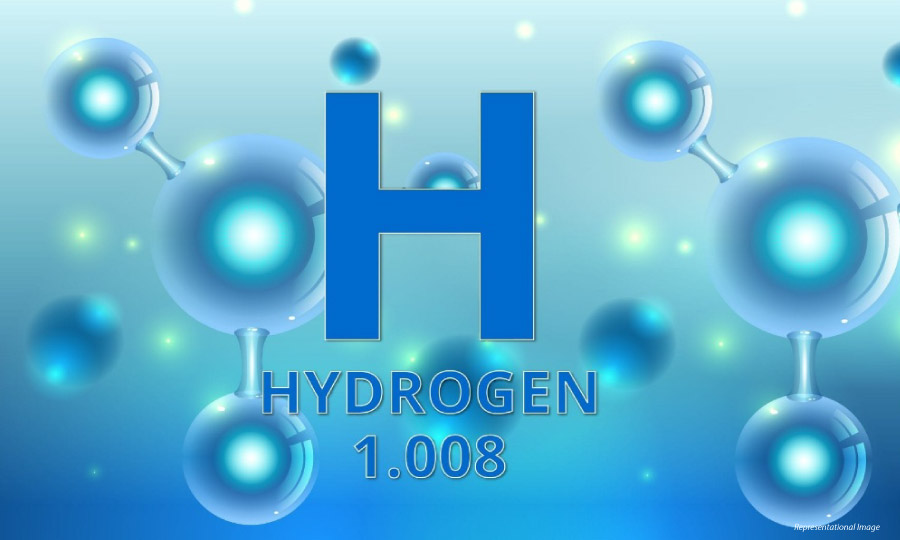
Researchers in India have developed an electrocatalyst system for energy-efficient hydrogen production through electrolysis of urea, which could be helpful for urea-based waste treatment with low-cost hydrogen production.
According to an official statement issued by the Science and Technology Ministry on Wednesday, researchers from India have designed an electrocatalyst for energy-efficient hydrogen production using urea electrolysis, which helps in urea-based waste treatment as well as low-cost hydrogen production.
By utilizing urea electrolysis, hydrogen production through water electrolysis can be reduced by 70 percent. In urea electrolysis, urea oxidation can replace oxygen evolution by water splitting, which is energy-intensive. Ni-based catalysts are commonly used for this process due to their low cost and abundant availability.
The main challenge associated with urea oxidation is maintaining the catalyst’s prolonged activity, due to the strong adsorption of the reactive intermediate (COx) on the active site, which is termed as catalyst poisoning, stated the statement issued by the Science and Technology Ministry.
In order to tackle this challenge, this Nickel oxide (NiOx) based system for electro-oxidation of urea was developed by Alex C., Gaurav Shukla, Muhammed Safeer NK, and Neena S. John at the Center for Nano and Soft Matter Sciences (CeNS), an autonomous institute within the Department of Science & Technology.
Researchers have published a series of works in Electrochimica Acta and Journal of Materials Chemistry exploring electrocatalysts, showing that surface-defective NiO and Ni2O3 are higher efficiency electrocatalysts than conventional NiO.
“Urea electrolysis is valuable in treating urea-based waste with low-cost hydrogen production. The country produced 244.55 lakh metric tonnes of urea in 2019-20, making it one of the top producers. The manufacture of nitrogenous fertilisers produces a lot of ammonia and urea as effluents; this can be utilized for energy production to benefit our country,” the scientists claimed.
Connect with Power Insight: Facebook | LinkedIn | Twitter


